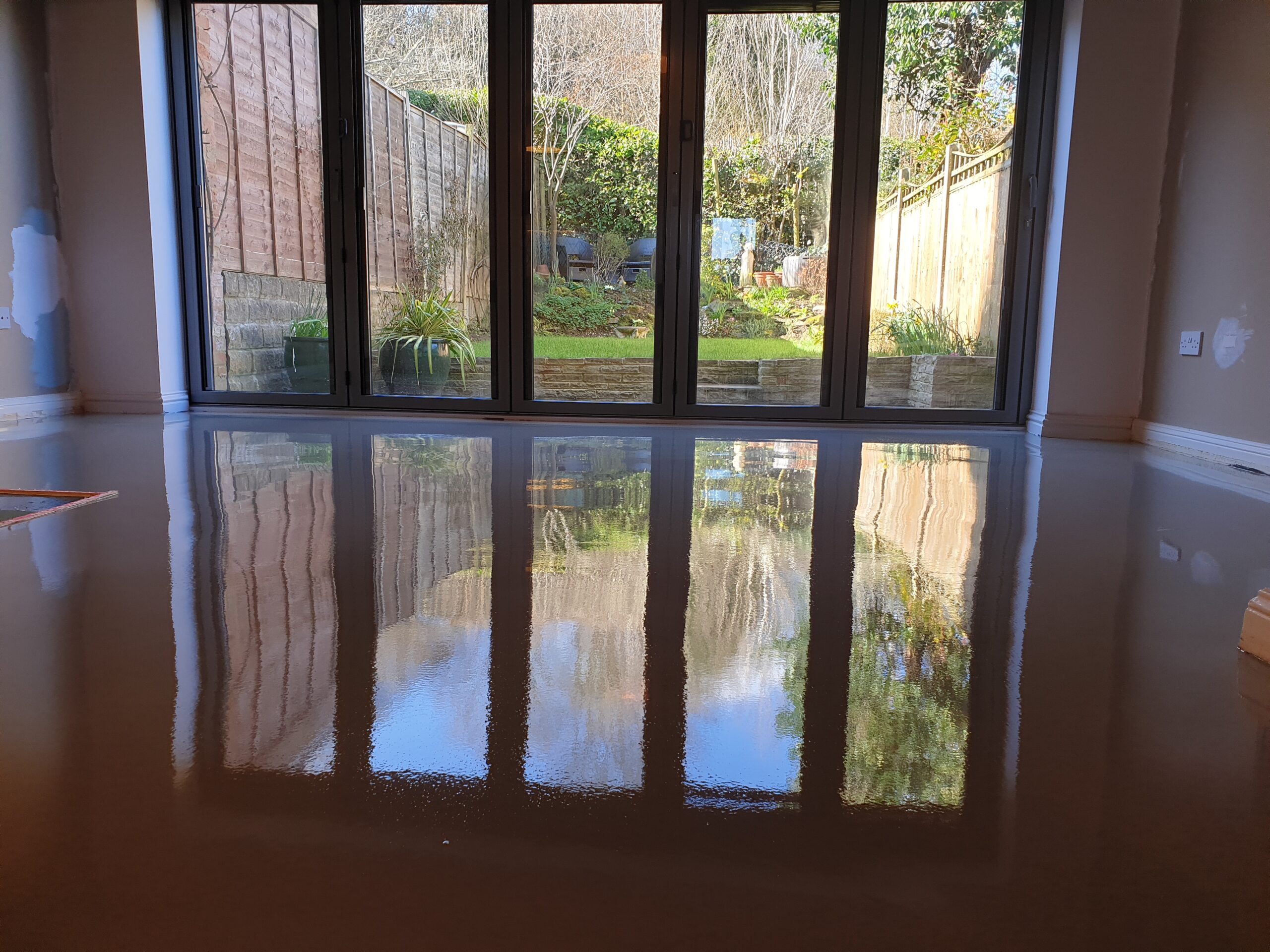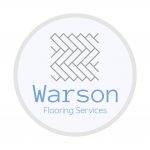Screed & Preparation
Preparation is the most important step in having your new floor laid. A well prepared floor can make cheaper floor coverings last longer and look better, while poorly prepared floors can make expensive floor coverings look cheap and can cost you more money in the future if it causes problems with the new flooring, or even the integrity of the sub floor itself.
All floors will need some kind of preparation, for example carpets and laminates need an underlay, and timber sub floors need a layer of 6mm plywood laid. This page takes a deeper dive into some of the preparation we do that we get the most questions about.
Anhydrite Screeds
Anhydrite screed (also called calcium sulphate screed) is a fast drying cementitious product. Anhydrite screeds have been commonly used in construction projects over the last 20 years as an alternative to traditional concrete screeds, mainly due to the fact that they are much less labour intensive to lay and are very compatible with underfloor heating systems due to the fact that they are pump-able and easily encapsulate the heating pipes
During the drying process, chemicals and excess water rise to the surface and form a layer of laitance which needs to be removed using a floor grinder prior to any other products being adhered to the anhydrite screed as this layer is weaker than the main part of concrete and allows moisture to pass more freely.
Failure to remove the layer of laitance will result in the smoothing compound not adhering correctly to the screed below, which can lead to a crunching sound underfoot (sometimes described like the sound of rice crispies) & in the most severe cases the floor coverings becoming unstable and unsafe
The correct way to prepare Anhydrite screeds is to remove the top 10mm from the screed using a grinding plate and dust extractors, before thoroughly priming with an acrylic primer. Floor grinding does not require any materials, so these types of jobs can often be done at relatively short notice. If you need this service, or have any questions regarding the preparation process, please get in contact with a member of our team and they will happily advise you on the best steps to take.
Please note we do not offer the service of laying the screed itself, as this is normally done by a builder or concrete specialist at the start of your project.

Smoothing & Levelling
Floors such as LVT and wood parquet need a very smooth surface to be fit correctly. To achieve this we lay a smoothing compound, which can either be water based or latex based. This fills any dips in the floor and leaves the surface free from contamination to fit the new tiles. Once cured, we sand down the screed to remove any high spots and prime it ready to receive floor coverings.
In some instances, you may wish for us to level the floor. We do this in a process using several layers of smoothing compound, building up the low areas before skimming over the whole area to give a level finish.
We use a Bosch GLS2 laser level to ensure that we are providing you with a floor that is level, so you can be assured that you will see results. Levelling is useful when you want to have one seamless floor across multiple rooms

